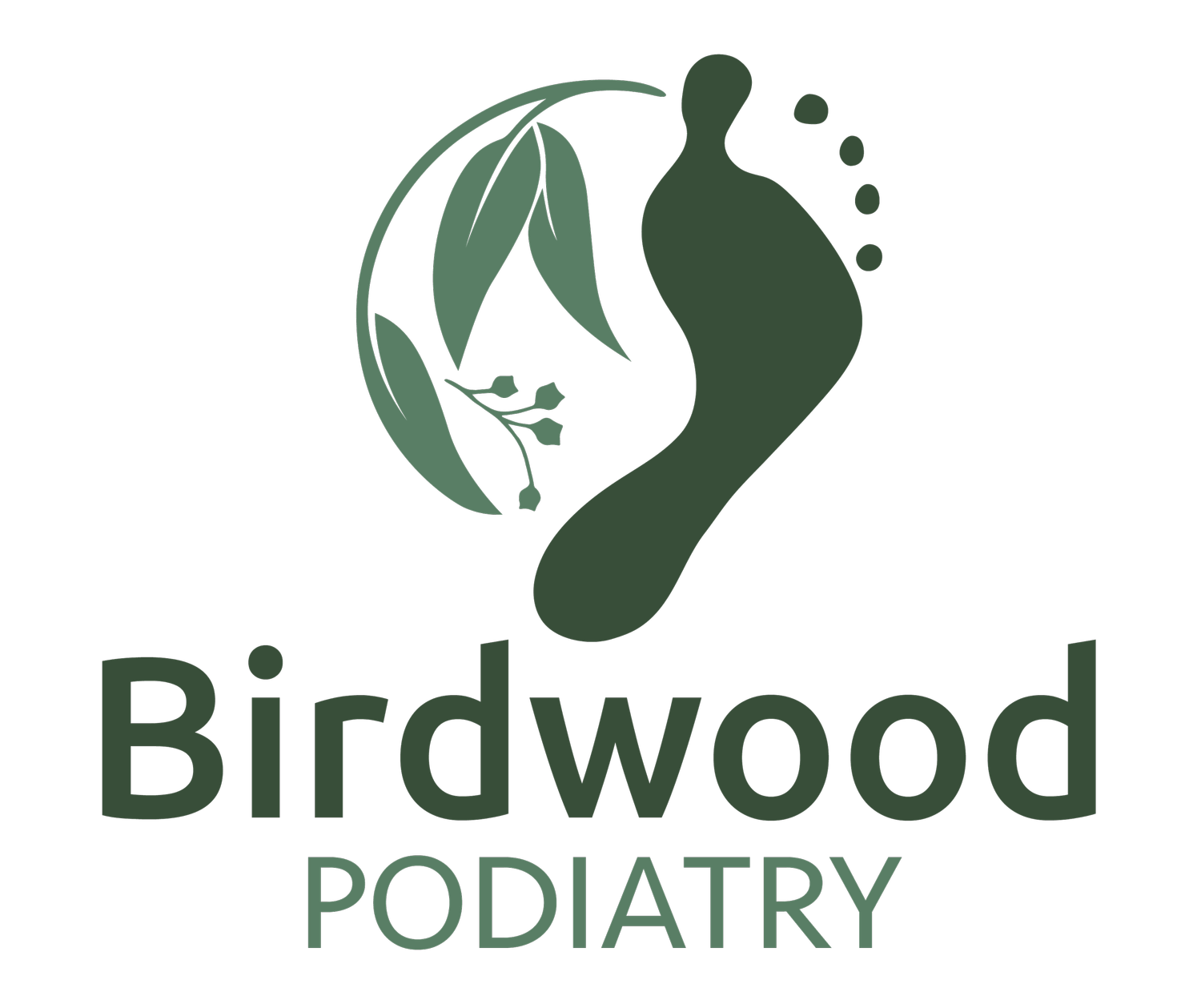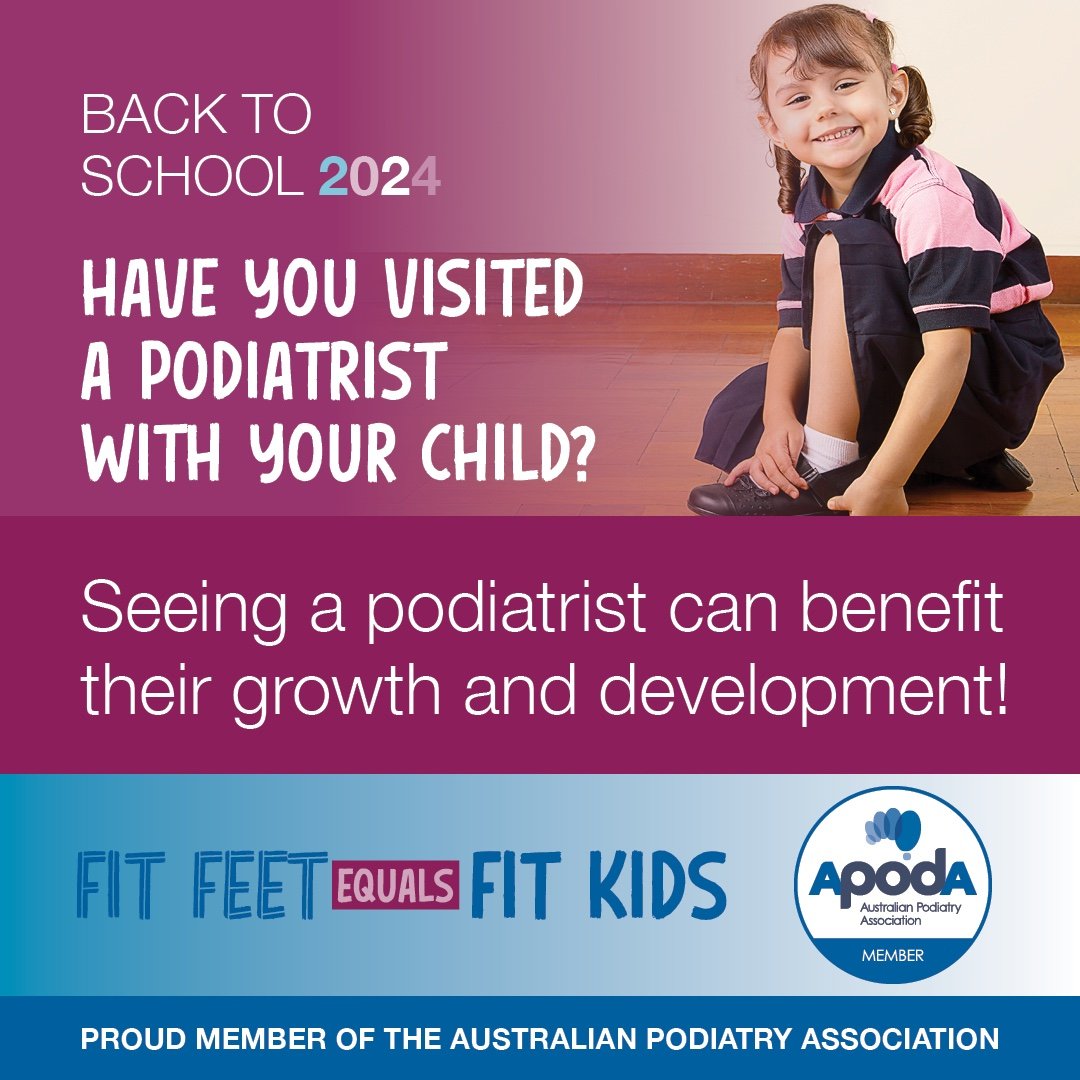Back to School: Choosing the Right School Shoes for your child!
When the summer holidays are coming to an end, and you are gearing up for a new school year, one of the most important items parents tend will buy each year are new school shoes.
School aged children will spend at least six hours a day in their school shoes - that's approximately 1,200 hours over a year. Which makes it all the more important that kids are wearing comfortable, well-fitting shoes.
It is important to remember that growing feet are developing feet. Shoes that are too small can impact how the foot and toes develop, possibly causing permanent damage to the structure of the foot. Poorly fitting children's shoes can cause problems later in life, with many adult foot problems starting in childhood.
The foot is a complex structure made up of 26 bones and 35 joints held together by the ligaments. A child’s foot bones will not fully develop and harden until around the age of 13.
The arch won’t fully form until 6-7 years of age, meaning younger children will have flatter feet but they do not require arch support. Childrens feet grow in spurts. Depending on their age, how active they are or how fast their feet are growing, some children may need new shoes every 3 to 4 months. Ensuring that your child is having fittings at regular intervals will help to avoid causing damage to their growing feet.
When choosing shoes for your child, use this checklist to determine the best fit.
How do the shoes fit?
How are the shoes Constructed?
Shoe recommendations for School Age children
How do the shoes fit?
To assess whether a shoe is the correct fit, you need to look at the shoe's length, width, and depth when fitting your child's shoe. Use the checklist below to assess whether a shoe is the right one for your child.
Length:
For shoes with a removable insert:
Take it out and have your child stand on it. This will give you a better sense of how much room there is. When your child's heel is at the back of the insert, there should be about 1.5 cm of space between your child's toes and the front of the insert.
If the shoes do not have a removable insert:
Have your child put the shoe on and press down on the front of it. You should be able to fit the tip of your finger between your child's toes and the front of the shoe. There should be enough room for the foot to grow. The biggest toe should be about a child's thumb-width away from the end of the shoe. Any closer and your child will outgrow the shoe very quickly, any further away and the shoe will be far too big.
Depth: Examine the depth of the shoe to make sure the top of the shoe doesn't press on the toes or toenails. Shoes should not be too tight across the top of the feet as this can restrict movement and can be very uncomfortable potentially causing ongoing foot problems. Look for shoes with rounded toe boxes to give the toes more room to move.
Width: Is the shoe wide enough for the foot? Shoes that are too narrow put pressure on the sides of the feet, causing problems like calluses and blisters.
Heel grip: The heel of the foot should fit snug against the heel of the shoe without being too tight or too loose.
Watch them walk: The final way to check whether school shoes are the right fit is to watch your child walking around in them! Make sure that your child walks naturally and easily in the shoes and that the heel of the shoe is not slipping up and down.
Remember, shoes should be comfortable from the start. If new shoes need to be ‘broken in’ then they are either not properly designed or not properly fitted for your child's foot. Check your child's feet for redness or blisters, which may indicate they need larger or wider shoes. If you have concerns, make an appointment with one of our podiatrists.
2. How are the shoes constructed?
A shoe consists of four parts: the upper, the insole, the outer sole and the heel. Here are some things to look out for:
Upper Part: Breathable materials on the upper part of the shoe are best. Suitable materials include leather, canvas, or mesh materials. Avoid synthetic materials, like plastic.
Insole: Make sure the insole is made of cushioned material. Most children do not need arch support. Toddlers' feet are naturally flatter than older children and adults. Their feet only fully develop an arch as their feet strengthen and develop with age.
Outer Sole: The outer sole provides traction and cushioning. The flexibility of the shoe is very important in this area. Avoid very sticky and thick outer soles as they can cause your child to stumble and/ or fall. Choosing a patterned or textured sole will provide traction and help prevent your child from easily slipping on slick surfaces. Soles should be sturdy and thick enough to protect the feet, but also should be flexible so that it will bend with the foot.
Heel: Stick to school shoes with a flat and even sole. A heel on children's shoes should not be taller than two centimetres. Tall heels can cause the foot to slide forward and cramp the toes against the inside of the shoe.
3. Recommendations when choosing School Shoes for children:
Look for reasonably priced, flexible, well-ventilated shoes that allow plenty of room for growth. If you have a great deal of difficulty finding shoes that fit, or if your child develops calluses, sores, or other foot problems we recommend consulting a podiatrist as a good place to start.
Where possible, we recommend seeking help at a specialist store. There they will use a specially designed measuring instrument to determine the best size and shape of shoe for the feet of your child. This takes the guesswork out of choosing shoes!
School shoes for children should have laces, Velcro or some other fastening system to allow them to be tightened and secured onto the foot. Avoid slip-on style shoes for kids.
When it comes to materials, select shoes that are made from something breathable such as canvas or leather. This will help to keep your child's foot cool and dry along with helping to prevent blisters, discomfort. It will also help to avoid smelly feet and shoes ( which is best for everyone!).
If you have any questions in regard to choosing shoes for your children (at any age!) contact us here at Birdwood Podiatry or book an appointment with us here.


